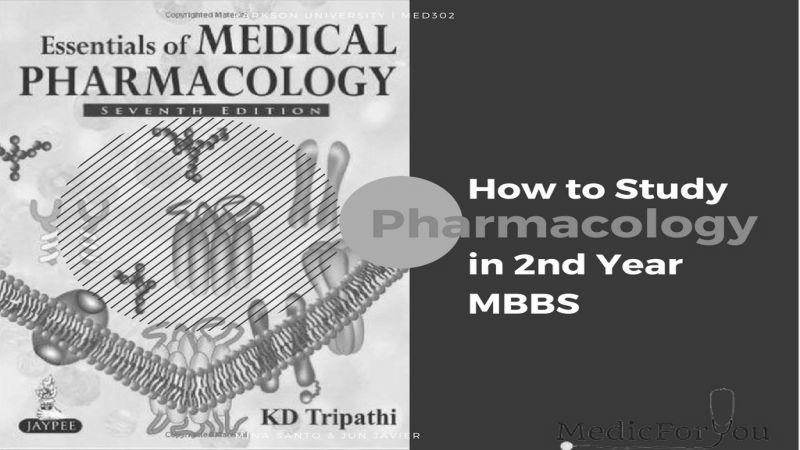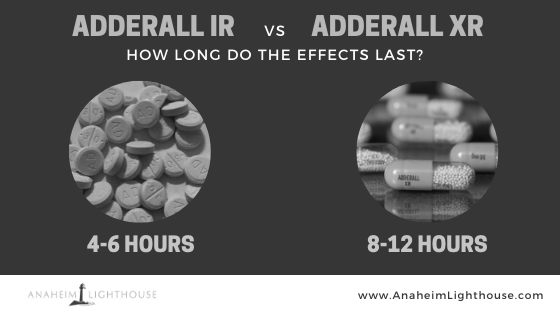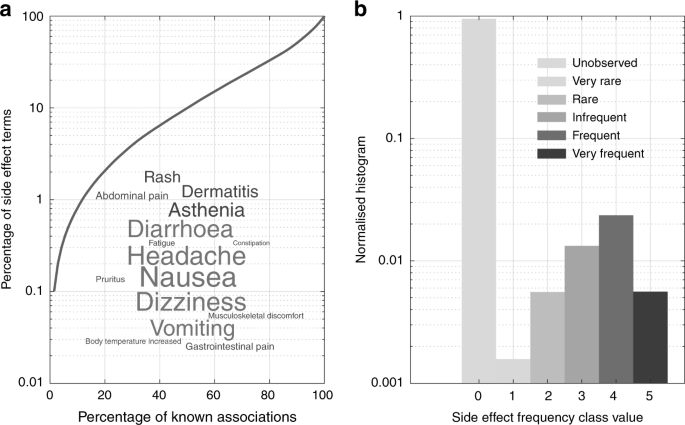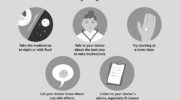Pharmacology is a vast and challenging subject, but it can be studied effectively with a class-by-class approach. This method helps you focus on a single topic and learn about a single mechanism, set of indications, route of administration, metabolism, and side effects. It also allows you to focus on secondary information.
Class-by-class approach
When studying pharmacology for a second medical degree, students can improve their knowledge through a combination of classroom teaching and online learning. By incorporating video lessons, case studies, and other multimedia, students are more engaged and learn more. However, the traditional lecture-only approach fails to motivate students and results in low retention.
When studying pharmacology, students can feel overwhelmed by the material and may resort to cramming. However, this is not a good option if they want to learn the names of antibacterial drugs, for example. In this case, it’s better to focus on the specific side effects of the drugs and learn about their mechanism of action in detail. This way, students can stay focused and not falter during the exam.
One method of learning pharmacology is through team-based learning (TBL). This approach fosters active learning and has been proven to improve student performance in some health care education courses. In the current study, the impact of teaching pharmacology in a TBL environment on second-year medical students was investigated. To this end, a modified TBL approach was used in two case-based discussion sessions during the second-year pharmacology course. The students’ performance was then compared to that of students in the same course last year.
This method combines traditional classroom teaching and digital media in a way that enhances student engagement. For example, pharmacology students who use Kahoot to learn pharmacology can create a virtual learning community and ask each other questions online. They can also receive immediate feedback and create a friendly competition among students.
In addition to using a study-by-class approach, there is a growing demand for more practical learning. In order to ensure student engagement, faculty members in pharmacology courses are increasingly working to improve teaching and learning. By involving students in hands-on learning, they can become more confident in their abilities. The best way to motivate students to study pharmacology is to implement diverse teaching techniques.
While pharmacology is a broad subject, it has many subspecialties. For example, pharmacodynamics is the study of how medications affect various organ systems. Pharmacokinetics, on the other hand, is the study of the way medications are absorbed and distributed throughout the body. It also includes the analysis of drug-drug interactions.

Using a graphical representation
Using a graphical representation when studying pharmacology for a second mba is a great way to make the subject easier to understand. Using a graphical representation makes learning easier because it makes the concepts concrete. It also provides a visual representation of how the body functions. This can be done with a guide or flashcards that explain the subject. Using a graphical representation can help you retain the information for a longer period of time.
To study pharmacology more effectively, it is essential to choose the right reference material. Ideally, a pharmacology textbook should contain MCQs, keynotes, and simple graphics. You should also watch CBME-based videos to get a clear conceptual picture of the concepts. It is also important to take legible notes during lectures. Making notes is an excellent way to develop memory skills. It is also important to make your notes visually appealing to increase your chances of recalling important concepts in the future.
Another great way to study pharmacology is to use flashcards. This is a great way to memorize key concepts and make studying easy. You can also use these flashcards to study common drugs and their interactions with the body.
When studying pharmacology, it is important to have a good grasp of how medications are administered and how to identify negative reactions. The knowledge gained through this will also allow you to determine accurate doses of medicines and to counsel patients on how to administer them safely.
Pharmacology is the study of pharmaceuticals and chemicals. A drug is a molecule of chemicals, either natural or manmade, that has an effect on a biological system. The study of pharmacology allows you to better understand how medications are used, develop new drugs and discover new ways to treat disease.
Using a textbook
While studying pharmacology in your second MBBS, using a textbook to study is a wise option. This study material is easy to read, contains helpful tips, and is easy to memorize. It also includes practice questions and advice from professionals.
Pharmacology is a complicated subject. The subject covers many different drugs and their interactions. It’s crucial to develop an effective learning strategy, which includes knowing exactly what to learn and how to learn it. The following are three tips to make the process go as smoothly as possible.
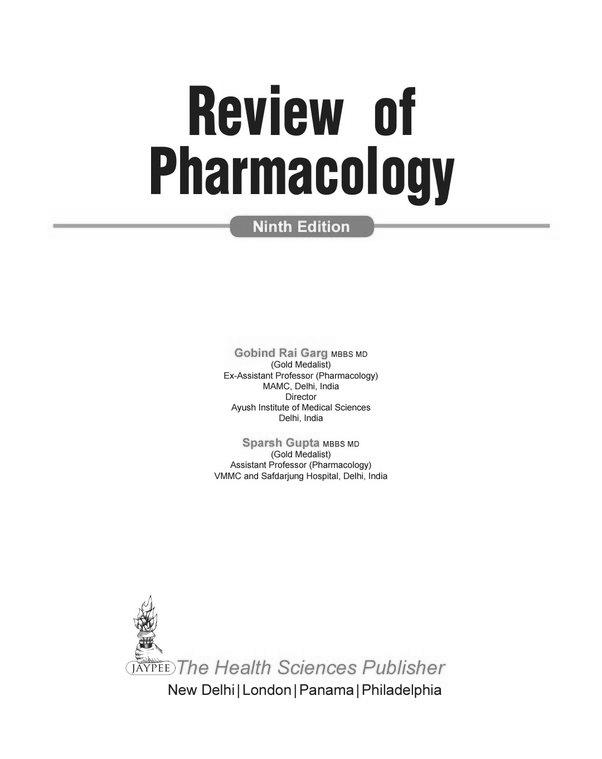
Joseph DiPiro et al. This book is an excellent resource for students, educators, and clinical tutors. It explains complex concepts in an easy-to-understand way. The book is well-structured with 16 sections, and focuses on many different disorders. For example, section one deals with disorders of bones and joints, while section two deals with cardiovascular disorders. The book also covers endocrinological disorders. Section three covers gastrointestinal disorders, and sections four and five cover obstetrics. Finally, section eight covers infectious diseases.
The textbook also provides examples and case studies. It covers the basic concepts and the latest studies on various drugs. It also features full-color images for ease of use and comprehension. Whether you are a first or second-year medical student, a textbook can help you learn the subject efficiently.
Another great textbook for students is Roach’s Introductory Clinical Pharmacology. It is one of the best-selling pharmacology textbooks, with more than 400K subs and a practice-based approach. It includes drug information and is easy to read and understand.
According to the survey, the majority of participants agreed that pharmacology education helped them develop the skills and knowledge required to be a good physician. However, 16 students disagreed and 57 responded neutrally. In addition, the majority of students felt that pharmacology lectures were stimulating.
Using a textbook to study pharmacology for a second MBBS will help you to understand the concepts in Pharmacology. This study material contains appropriate diagrams, flow charts, classifications, and examples. Besides, this study material is cheaper than Kratzung’s, and it is also convenient to use on your mobile devices.
Using a video
If you are preparing for a second MBBS, you may find it useful to use a pharmacology study video. This will help you study pharmacology in a convenient way and will help you focus on a single topic instead of cramming all the information at once. It will also allow you to get familiar with important topics, such as the side effects of drugs.
Pharmacology is a complicated subject, with many drugs, different dosages, and side effects. Having a strong grasp of the pharmacology of different drugs is essential for effective patient care. In addition, understanding the mechanisms of action and how to administer them correctly is important for patient safety. It is therefore important to create an effective study plan, which will help you retain the information and make it easy to recall.
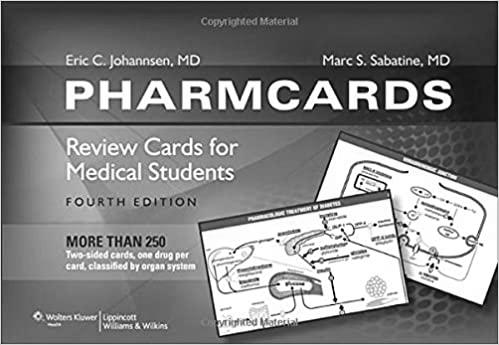
The video contains relevant illustrations, flowcharts, tables, and boxes that help you learn the subject quickly. It also contains pharmacological notes and MCQs. There are also practicals, including the use of drugs in the human body, which make it a good study aid.
When used as a study aid, PBL may not be as effective as traditional teaching methods. PBL emphasizes self-directed learning, but effective self-directed learning requires a baseline level of competence. In addition to this, students must know how to identify their learning gaps, and know when to dig deeper. In the case of pre-clerkship medical students, this level of competency may not be present. Further, unfamiliarity with the subject can blind students to its importance. In addition, a lack of external counsel may hinder students’ self-assessment.
Pharmacology is a very difficult subject to study. It is essential to understand the basic concepts of pharmacology before moving on to more advanced topics. This is why a helpful video guide is useful as supplementary material. The information is straightforward, concise, and easy to memorize.
In addition to using a video to study pharmacology, students may also use it to help them learn difficult concepts. Pharmacology is a vital part of the medical curriculum. It is vital for patient safety and the quality of care.
Adverse effects are unwanted reactions that occur due to a drug. Side effects can vary in severity and frequency, depending on the drug and the dosage. For example, a medication that causes fatigue might worsen with increasing doses. Other adverse reactions may not vary with the drug’s dosage, called idiosyncratic reactions.
Contraindications
Contraindications refer to circumstances in which the patient should not receive a specific treatment or procedure. This is particularly important if the patient suffers from a condition that may result in serious side effects. For example, taking aspirin is contraindicated in patients with a bleeding disorder, as aspirin can cause excessive bleeding.
Similarly, there are contraindications to certain medications, including those for blood thinning. Examples of these include aspirin and warfarin, which both thin the blood. Although they are similar in their effect, their differences make them relative contraindications. Nursing care providers must understand these contraindications in order to prescribe appropriate treatments for their clients.
Unpredictability
The side effects of medicines can be unpredictable. While many of them are predictable, others are not. There are several reasons for this. Rare elements, for example, may have unpredictable effects. This is why it is important to understand the factors that can affect these side effects. By understanding the causes of these reactions, researchers can better understand how to treat them.
Reversibility
In a prudential cost-benefit analysis, the reversibility of DBS is an important consideration. This is because these effects are short-term and may be significant. In a patient’s decision-making process, the reversibility of these effects may be the difference between consenting or refusing to consent.
While DBS is often associated with irreversible effects, it can also elicit transformative experiences in its recipients. Reversibility of DBS offers some epistemic access to the transformative experience, but does not permanently commit the recipient. In addition, reversibility allows the patient to determine when the transformed state takes place.
